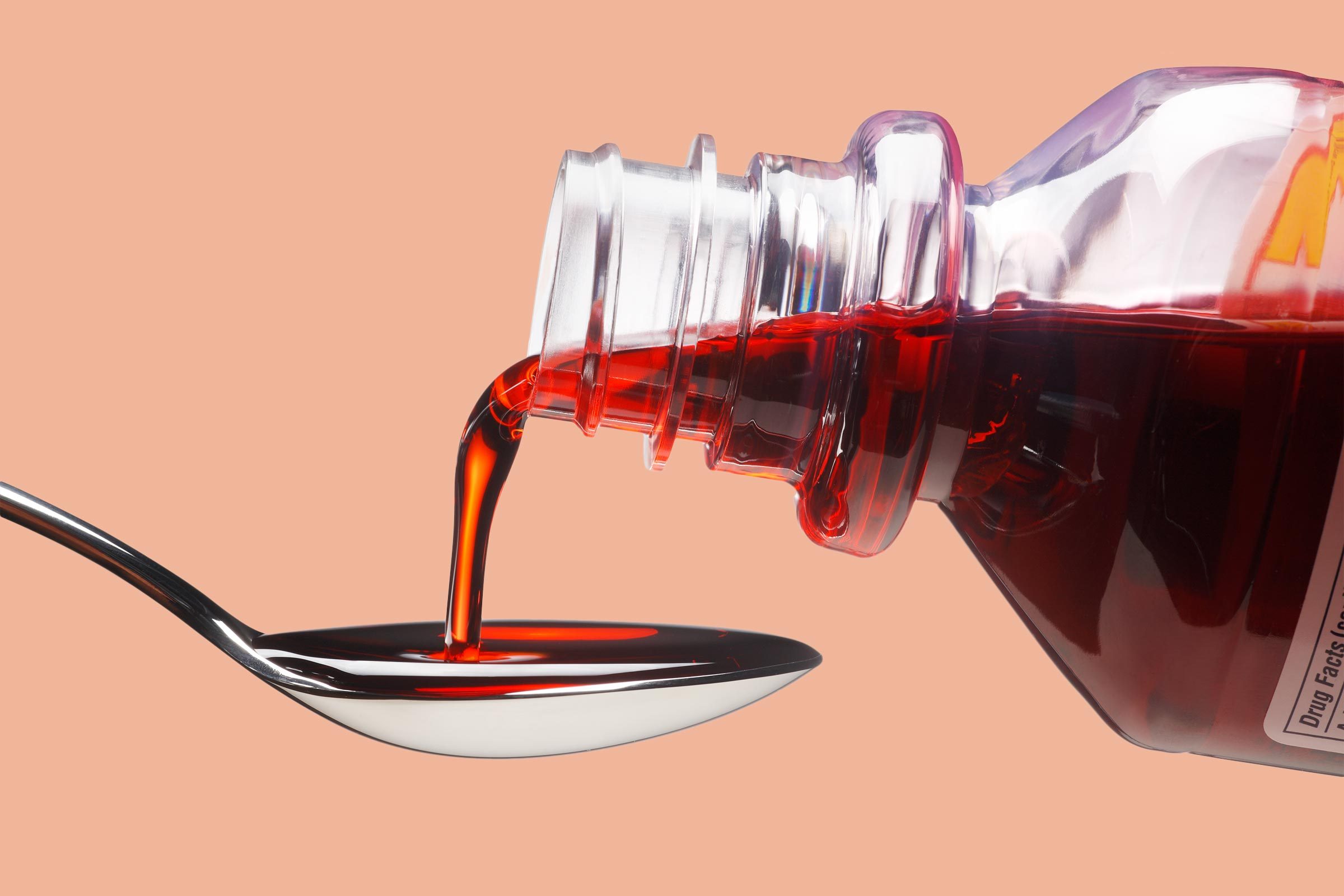The FDA will soon ban Red Dye #3, an additive with possible links to cancer and ADHD. Here's where you'll find it in food.

10 Foods You’ll Be Surprised Contain Soon-Banned Red Dye #3

With a sudden spotlight shone on the dangers of ultra-processed foods, many Americans are taking a closer look at nutrition labels and cutting out the ingredients connected to poor health. At the same time, some government agencies are making slow but significant strides in managing the problem on a broader scale.
On Wednesday, January 15, 2025, the U.S. Food and Drug Administration (FDA) announced the ban of Red Dye No. 3, a chemical additive found in over 2,000 products sold in the U.S., including food, drink, dietary supplements, and medications. The synthetic ingredient, made from petroleum, is used to give these products a cherry-red color.
The decision was the long-anticipated result of an October 2022 petition penned by multiple advocacy organizations, including the Center for Science in the Public Interest (CSPI) and the Environmental Working Group (EWG). Within that petition, the multiple groups called upon the FDA to act on its findings that Red Dye No. 3 “induces cancer and is unsafe.”
“Today’s action by the FDA marks a monumental victory for consumer health and safety,” EWG President and co-Founder Ken Cook said via news release on Wednesday. “For years, Red 3 remained in food products, despite growing evidence linking it to health problems, particularly in kids,” he added, referencing studies which have linked synthetic food dyes to behavioral difficulties in children, including memory problems and higher rates of Attention-Deficit/Hyperactivity Disorder (ADHD).
In 1990, the FDA banned the use of Red Dye No. 3 in cosmetics and topical drugs, acknowledging that it caused tumors in male lab rats that consumed high doses of the additive. There is still not enough evidence to conclusively say that Red Dye No. 3 causes cancer in humans.
Though the decision marks a major breakthrough in consumer safety, it’s important to note that the ban won’t go into effect just yet. Companies using Red Dye No. 3 will have up to three years to remove the ingredient from their products, the FDA has said. The new rules will go into effect on January 15, 2027 for food and beverages containing the dye, and on January 18, 2028 for drugs that have it.
In the meantime, consumers should check labels for the soon-banned ingredient and take precautions to avoid foods with it—including many that you wouldn’t suspect. Though items like candy, frozen pops, and sports drinks are the most frequent offenders, some surprising foods that contain Red Dye No. 3 include:
- Sausages
- Hot dogs
- Cookies
- Frosting
- Bacon bits
- Cough syrup
- Cough drops
- Meat alternatives
- Flavored milk
- Nutrition and protein shakes
- Maraschino cherries
Given that the synthetic dye appears in such a wide range of products, check labels for Red Dye No. 3, noting that it’s sometimes listed under alternate names, including:
- Red Dye #3
- Red Dye 3
- FD&C Red No. 3
- Red 3
- Erythrosine
To learn more about the ingredients found in your foods, check the U.S. Department of Agriculture’s FoodData Central Food Search.
For daily wellness updates, subscribe to The Healthy by Reader’s Digest newsletter and follow The Healthy on Facebook and Instagram. Keep reading:




















